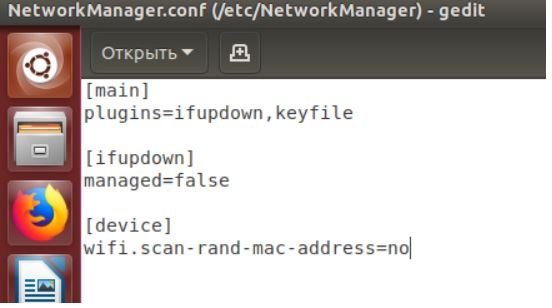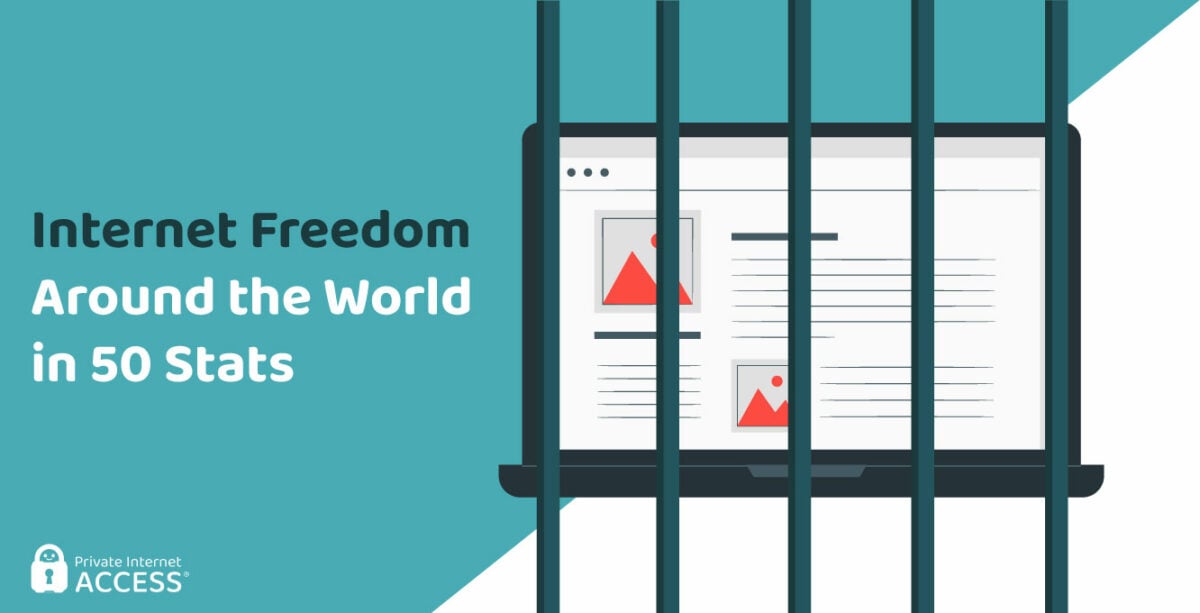For more than a decade, DuckDuckGo has rallied against Google’s extensive online tracking. Now the privacy-focused web search and browser company has another target in its sights: the sprawling, messy web of data brokers that collect and sell your data every single day.
Today, DuckDuckGo is launching a new browser-based tool that automatically scans data broker websites for your name and address and requests that they be removed. Gabriel Weinberg, the company’s founder and CEO, says the personal-information-removal product is the first of its kind where users don’t have to submit any of their details to the tool’s owners. The service will make the requests for information to be removed and then continually check if new records have been added, Weinberg says. “We’ve been doing it to automate it completely end-to-end, so you don’t have to do anything.
The personal-information removal is part of DuckDuckGo’s first subscription service, called Privacy Pro, and is bundled with the firm’s first VPN and an identity-theft-restoration service. Weinberg says the subscription offering, which is initially available only in the US for $9.99 per month or $99.99 per year, is part of an effort to add to the privacy-focused tools it provides within its web browser and search engine. “There’s only so much we can do in that browsing loop, there’s things happening outside of that, and a big one is data brokers, selling information scraped from different places,” Weinberg says.
The data broker industry is a far-reaching, $200-plus billion market, which collects, buys, and sells as much information as it can. A lack of comprehensive privacy laws in the US allows companies to easily trade everything from people’s names and addresses to financial data and specific GPS coordinates gathered from your phone. (The recently proposed American Privacy Rights Act, if passed, would create a new registry of data brokers and give people some European-style privacy rights).
DuckDuckGo’s personal-information-removal tool—for now, at least—is taking the privacy fight to people-search websites, which allow you to look up names, addresses, and some details of family members. However, Weinberg says DuckDuckGo has created it so the company isn’t gathering details about you, and it is built on technology from Removaly, which the company acquired in 2022.
Ahead of its launch, the company demonstrated how the system works and some of the engineering efforts that went into its creation. On the surface, the removal tool is straightforward: You access it through the company’s browser and enter some information about yourself, such as your name, year of birth, and any addresses. It then scans 53 data broker websites for results linked to you and requests those results to be wiped. (All 53 data brokers included have opt-out schemes that allow people to make requests.) A dashboard shows updates about what has been removed and when it will next scan those websites again, in case new records have been added.
Under the hood, things are more complex. Greg Fiorentino, a product director at DuckDuckGo, says when you enter your personal data into the system, it’s all saved in an encrypted database on your computer (the tool doesn’t work on mobile), and the company isn’t sent this information. “It doesn’t go to DuckDuckGo servers at all,” he says.
For each of the data brokers’ websites, Fiorentino says, DuckDuckGo looked at its URL structure: For instance, search results may include the name, location, and other personal information that are queried. When the personal information tool looks for you on these websites, it constructs a URL with the details you have entered.
“Each of the 53 sites we cover has a slightly different structure,” Fiorentino says. “We have a template URL string that we substitute the data in from the user to search. There are lots of different nuances and things that we need to be able to handle to actually match the data correctly.”
During testing, the company says, it found most people have between 15 and 30 records on the data broker sites it checks, although the highest was around 150. Weinberg says he added six addresses to be removed from websites. “I found hits on old stuff, and even in the current address, which I really tried to hide a bit from getting spam at, it’s still out there somehow,” Weinberg says. “It’s really hard to avoid your information getting out there.”
Once the scan for records has been completed, the DuckDuckGo system, using a similar deconstruction of each of the data broker websites, will then automatically make requests for the records to be removed, the team working on the product say. Fiorentino says some opt-outs will happen within hours, whereas others can take weeks to remove the data. The product director says that in the future, the tool may be able to remove data from more websites, and the company is looking at potentially including more sensitive data in the opt-outs, such as financial information.
Various personal-information-removal services exist on the web, and they can vary in what they remove from websites or the services they provide. Not all are trustworthy. Recently, Mozilla, the creator of the Firefox browser, stopped working with identity protection service Onerep after investigative journalist Brian Krebs revealed that the founder of Onerep also founded dozens of people-search websites in recent years.
DuckDuckGo’s subscription service marks the first time the company has started charging for a product—its browser and search engine are free to use, and the firm makes its money from contextual ads. Weinberg says that, because subscriptions are purchased through Apple’s App Store, Google Play, or with payment provider Stripe, details about who subscribes are not transferred to DuckDuckGo’s servers. A random ID is created for each user when they sign up, so people don’t have to create an account or hand DuckDuckGo their payment information. The company says it doesn’t have access to people’s Apple IDs or Google account details.
For its identity-theft-restoration service, DuckDuckGo says it is working with identity protection service Iris, which uses trained staff to help with fraudulent banking activity, document replacement, emergency travel, and more. DuckDuckGo says no information is shared between it and Iris.
Weinberg says that while the company’s main focus is providing free and easy-to-use privacy tools to people, running a VPN and the removal tool requires a different business model. “It just takes a lot of bandwidth,” he says of the VPN.
Broadly, the VPN industry, which allows people to hide their web traffic from internet providers and avoid geographic restrictions on streaming, has historically been full of companies with questionable records when it comes to privacy and people’s data. Free VPNs have long been a privacy nightmare.
DuckDuckGo says its VPN, which it built in-house and which uses the WireGuard protocol, does not store any logs of people’s activities and can be used on up to five devices at once. “We don’t have any record of website visits, DNS requests, IP addresses connected, or session lengths,” the company says in its documentation. The VPN runs through its browser, with 13 location options at launch, but shields all internet traffic passing through your phone or computer.
The company says it is conducting a third-party audit of the VPN to allow its claims to be scrutinized, and it will publish the full audit once it’s complete. “We really wanted to do something in the VPN space for a long time, we just didn’t have the resources and people to do it,” Weinberg says. “We looked at partnering in different places. If we have to completely trust a partner versus building something where we can make it anonymous, we decided we would want to do it ourselves.”

Why you should use Duckduckgo as your search engine NOW!
InfoSec services | InfoSec books | Follow our blog | DISC llc is listed on The vCISO Directory | ISO 27k Chat bot






















![Hybrid Work Management: How to Manage a Hybrid Team in the New Workplace (A super-short book about how to analyze, plan, manage, and evaluate your team’s hybrid work arrangement) by [Hassan Osman]](https://m.media-amazon.com/images/I/41XzC+EMOFL.jpg)

![NIST Cybersecurity Framework: A pocket guide by [Alan Calder]](https://m.media-amazon.com/images/I/31zbdJvBpPL.jpg)


